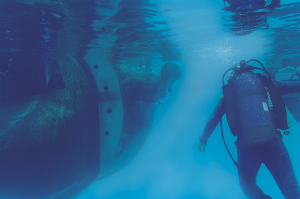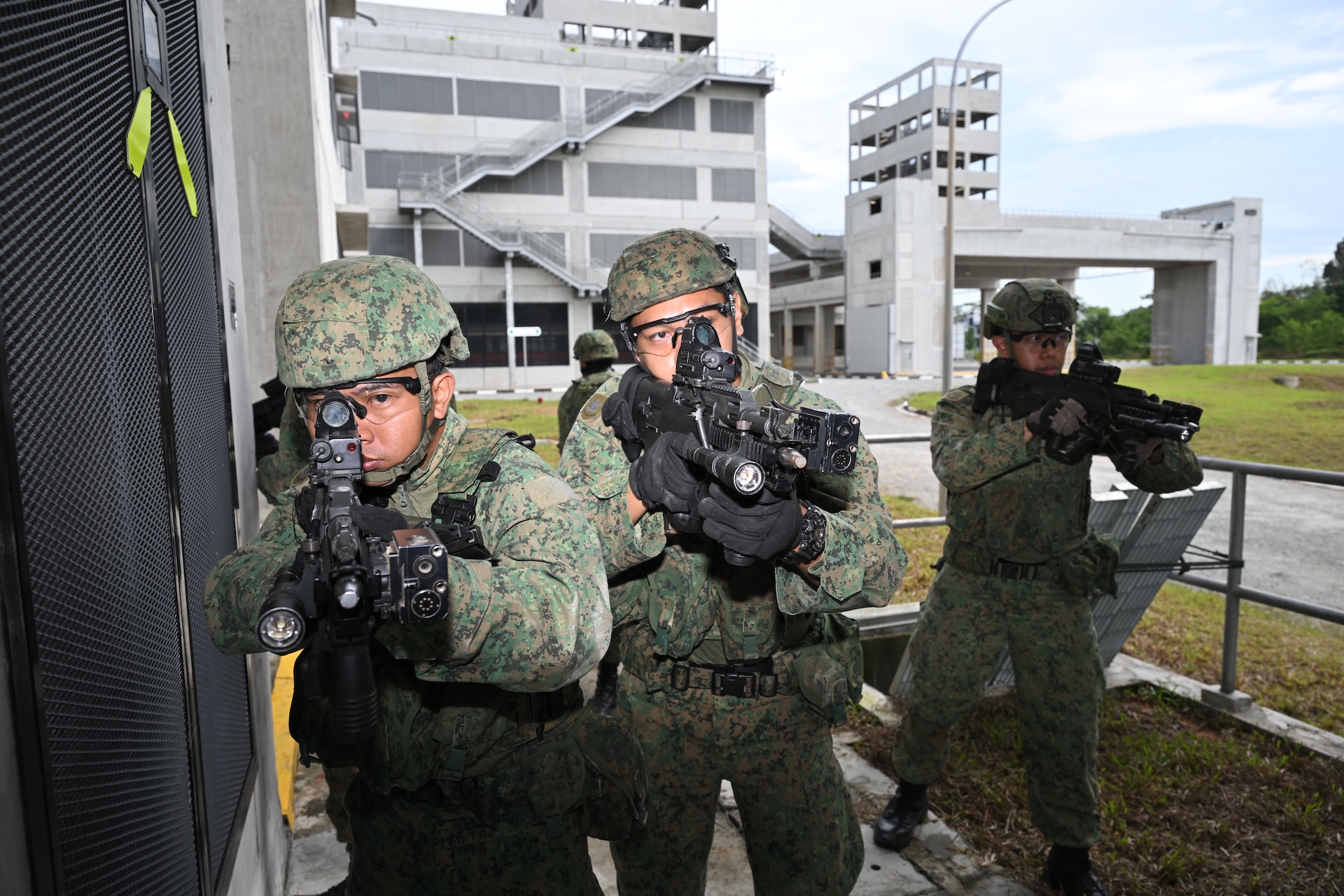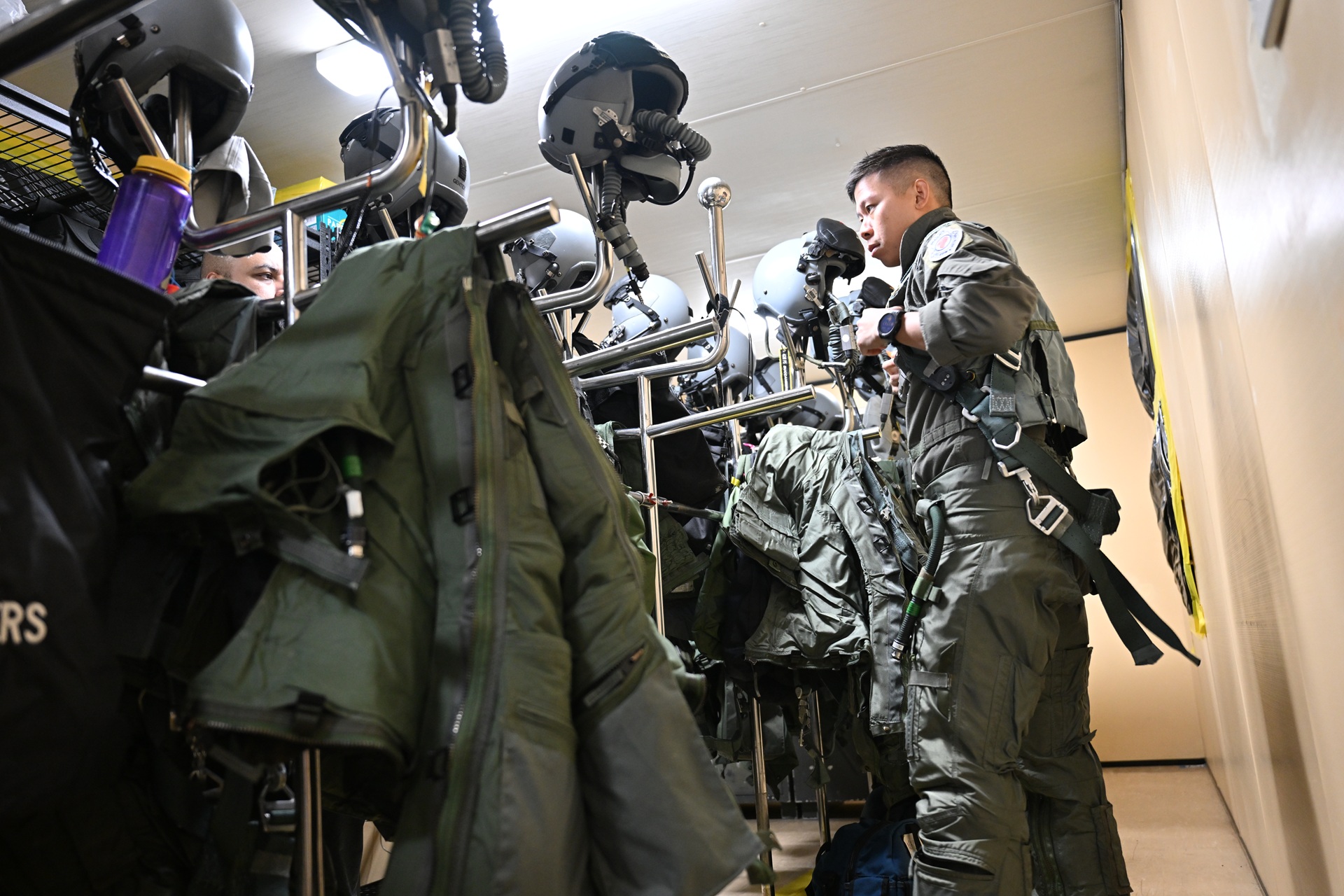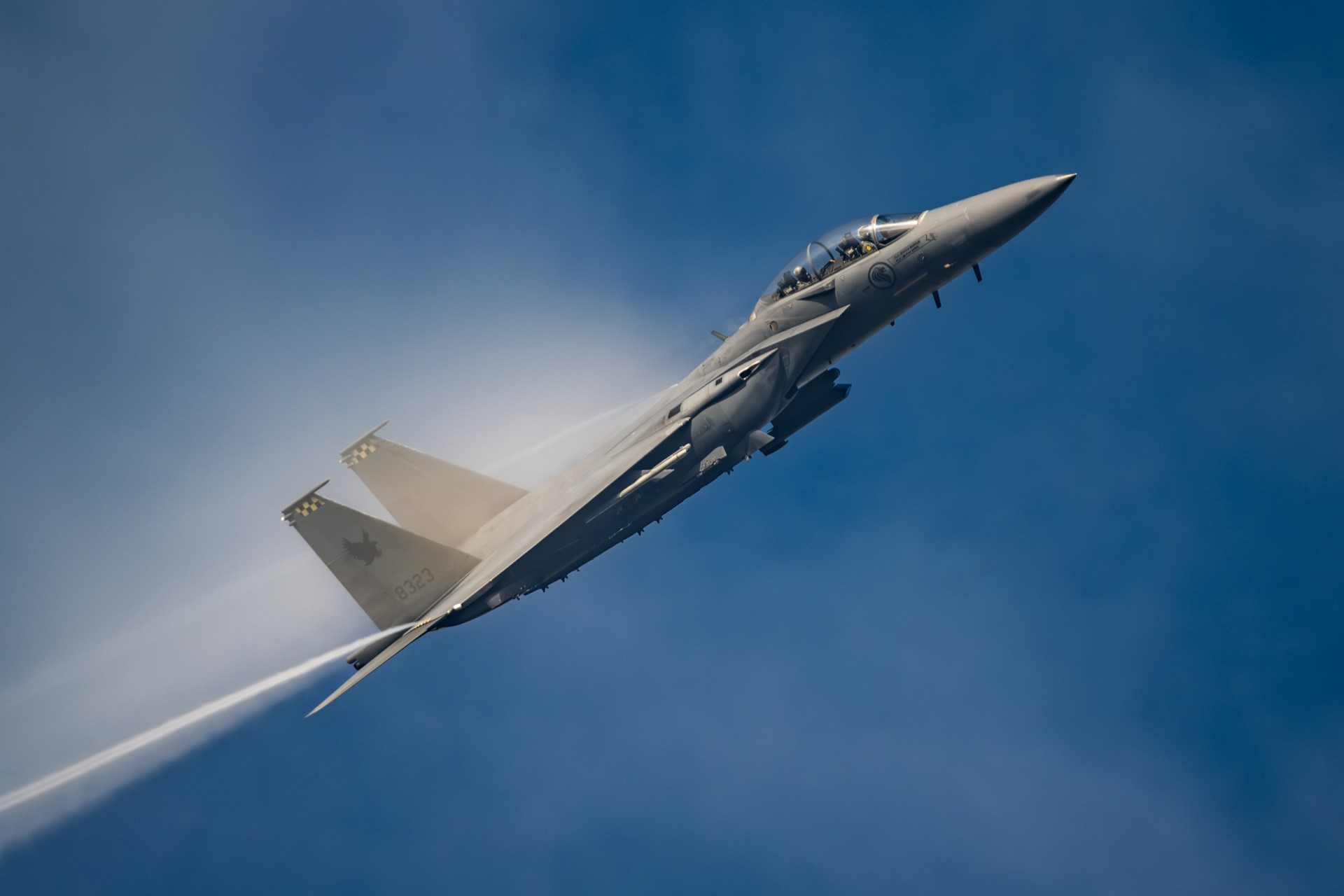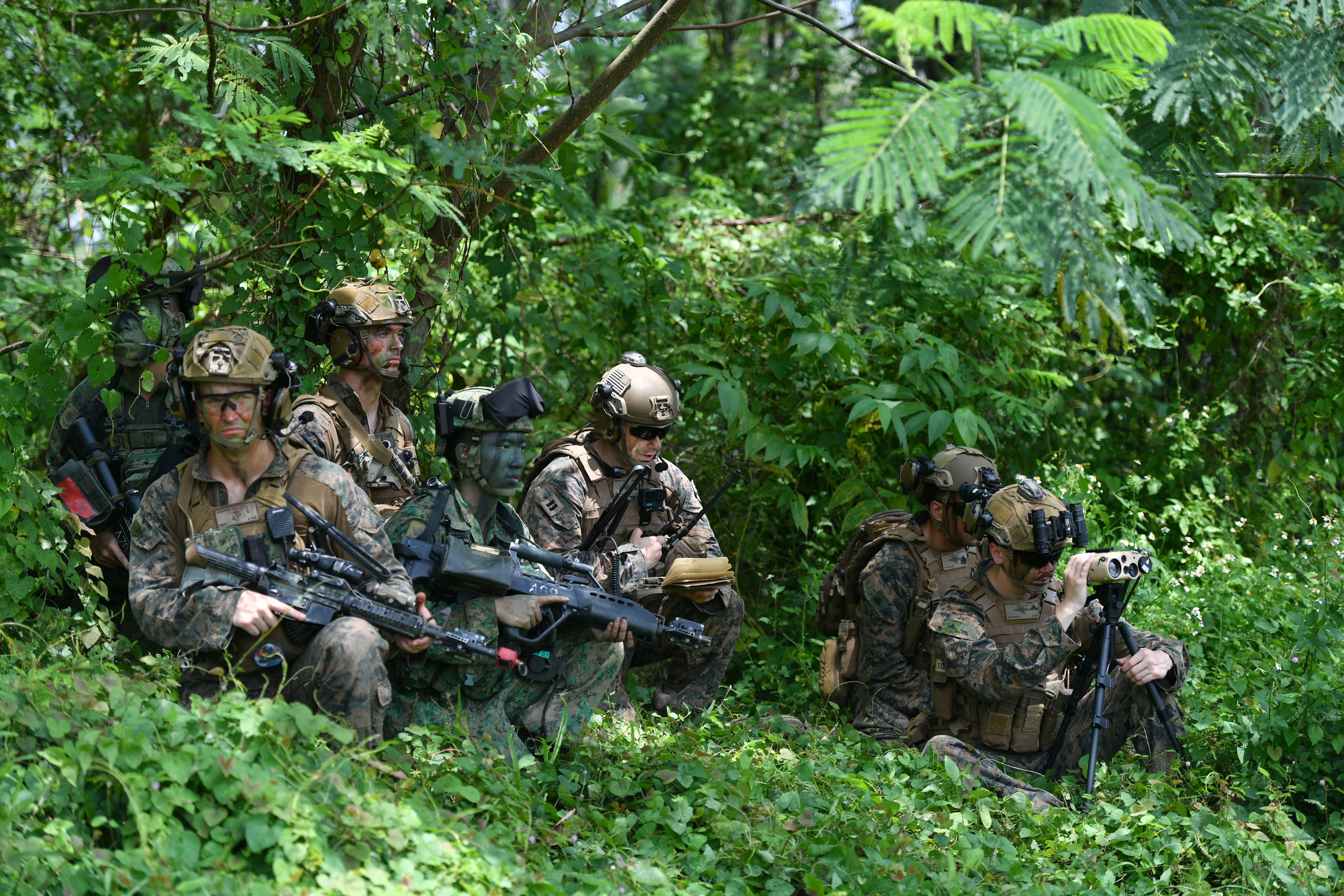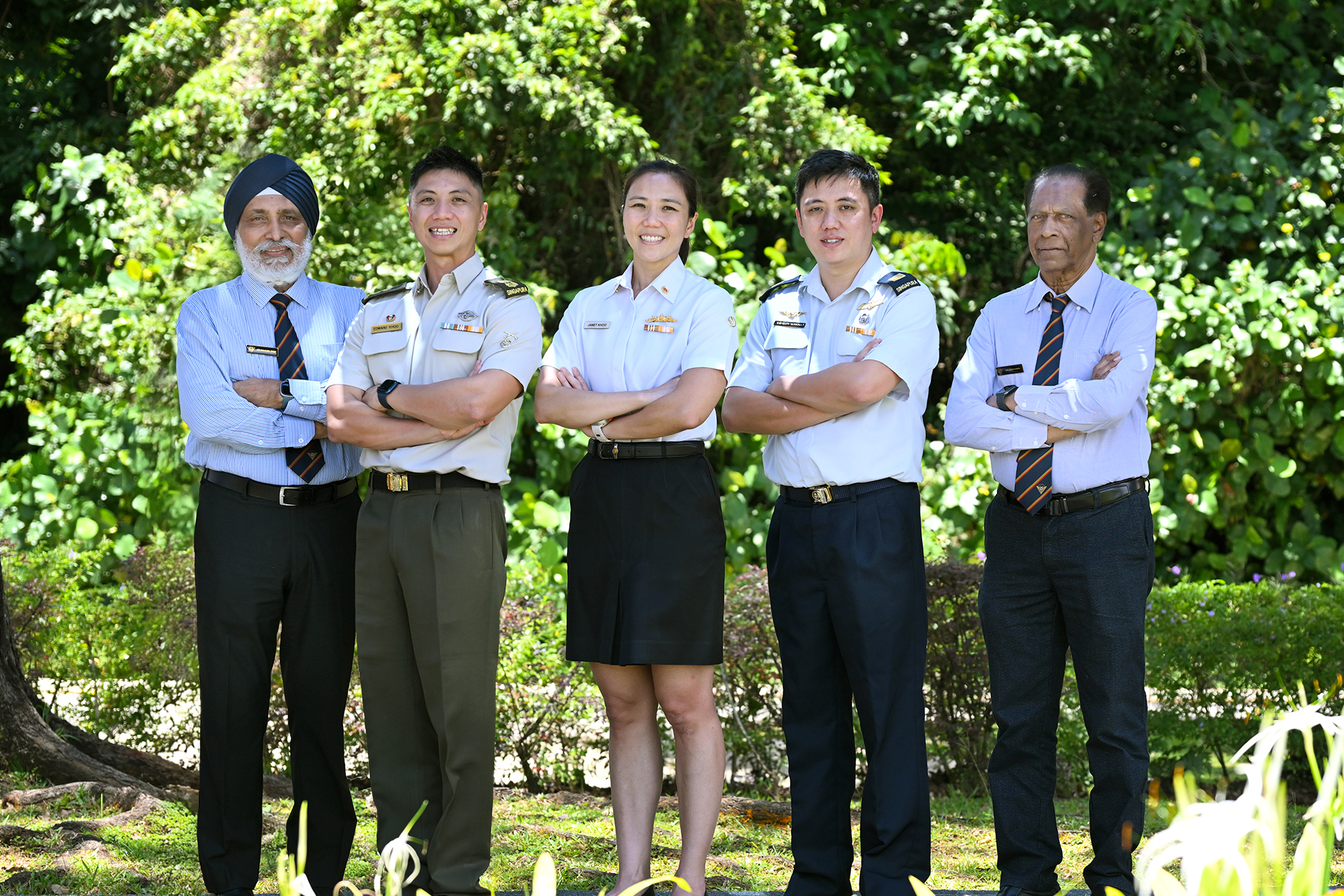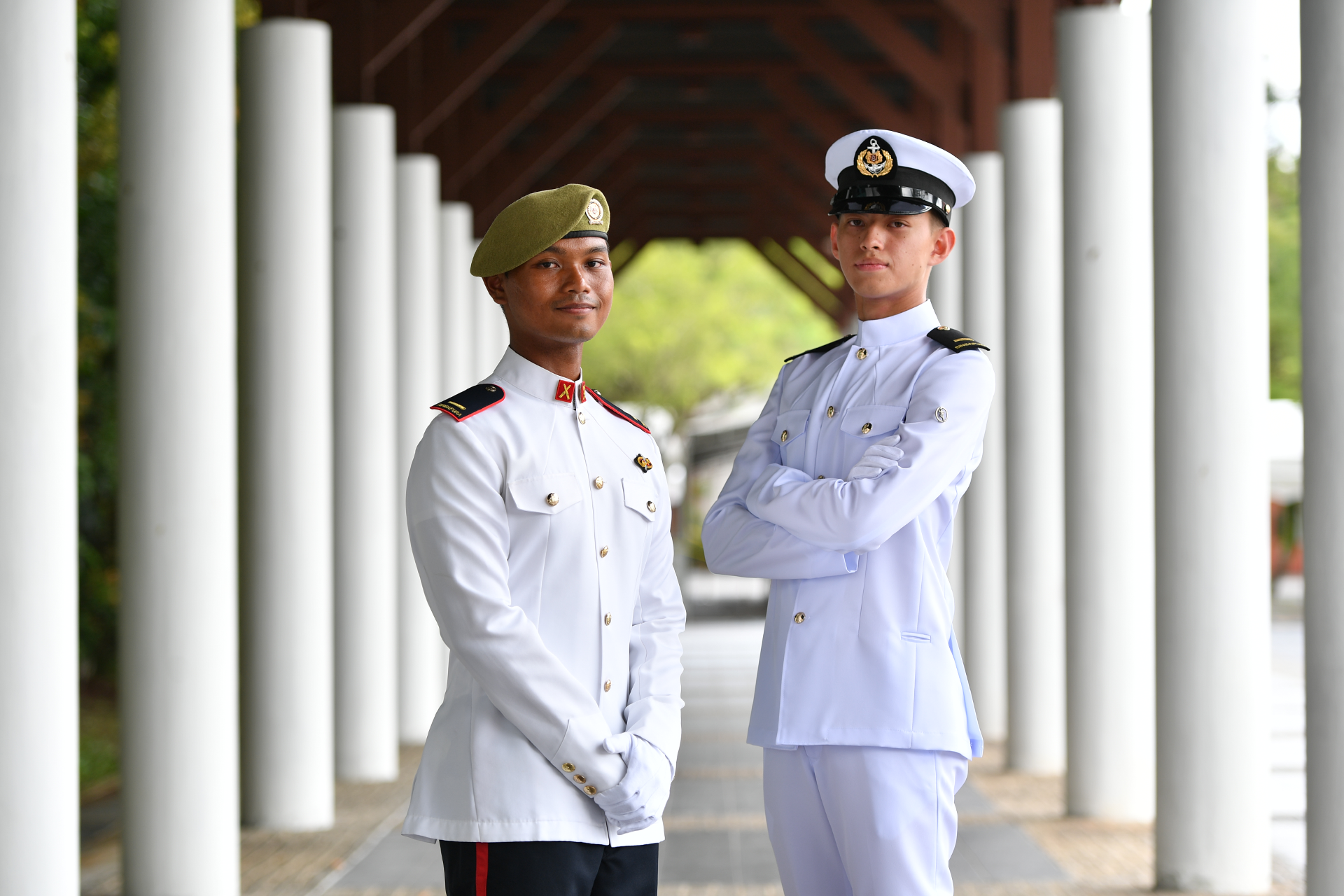GOING UNDER AND OUT
PHOTO // Simon Koh
Unlike fighter pilots, helicopter crew can't jettison themselves to safety. Find out how helicopter crew in the Singapore Armed Forces are trained to escape from a sinking chopper.
Combat medic Nelson Tan is calm as he sits in the cabin of a helicopter, rehearsing the steps of an evacuation drill in his mind.
"First, remove the comms (communication cable), then put on the STASS (see sidebar "Buying time"), then get my refere....."
BAM! His train of thought is suddenly interrupted as the chopper plunges into the water. As water gushes into the cabin, he struggles to recall the drills he just learnt, the moment of panic emptying his mind. The water rises to his chest, and he starts to breathe harder and harder...
That was what the 3rd Sergeant (3SG) remembered about his first practical session at the Helicopter Underwater Escape Training (HUET) facility.
He said: "Water entered my nose when the cabin capsized and I started choking. I panicked because I thought I d lost my direction, but after I calmed myself down, I managed to get out of the cabin and swim to the surface."
Exit drills
The one-day HUET is a survival course for helicopter crew, including medics like 3SG Tan who operate on helicopters. In the classroom, trainees learn how to increase their chances of survival by rationing food and water, and staying motivated until they are rescued.
Outside the classroom, they take turns to sit in a shell that is modelled after a helicopter cockpit and cabin. This shell is then dipped in a pool to simulate ditching (landing in water), and trainees have to go through a set of escape drills.
Lieutenant (LTA) Harry She, a naval helicopter pilot from 123 Squadron (SQN) who coordinates the HUET for helicopter crew, explained: "For the primary exit drill, the trainee leaves the shell through the door that is nearest to him, and the secondary exit is the door across his seat."
He added: "If these two doors are blocked, he has to exit by the cabin door or through the cabin window if the cabin door is also blocked.
"Sometimes, a helicopter overturns in the water, so trainees practise both primary and secondary exit drills in an inverted shell... Ditching can happen at night or in murky waters, so trainees also practise escaping while wearing opaque goggles."
Keeping calm
To internalise these escape drills and be able to execute them smoothly, helicopter crew have to attend this course every year.
According to naval helicopter pilot Major (MAJ) Chan Tze Yang, who has attended the course seven times, going for the course yearly is good practice and keeps their skills up to date. "It helps us refresh our survival drills. Every time I come back for the course, it is a good reminder of how to survive in the event that the helicopter crashes," he said.
He also related how he feels each time he goes for the course: "Unless you're an avid recreational diver, being underwater is not something natural.
"When you're underwater, there's always a little bit of fear, when you think 'What happens if I do the drill wrongly?' But really, once you re in position, all the training will kick in."
His advice to the less experienced trainees: "The most important thing is to stay calm. Even if your harnesses get entangled, or you re upside down, just stay calm, continue to breathe slowly though the STASS, and you ll be able to feel your way out of the helicopter in no time."
Inverted secondary exit drill
If the door nearest to the helicopter crew is stuck, they must exit by a secondary door.
Buying time
The Short Term Air Supply System, or STASS, is a breathing apparatus used in an emergency. It works like a much smaller version of the oxygen tank that scuba divers carry, and provides the user with air for two to five minutes, depending on how heavy the user s breathing is.
"The STASS buys the crew time underwater, because when they have air to breathe, they'll panic less and have more time to react. So the STASS is useful in enhancing the survivability of the crew," said LTA She.
